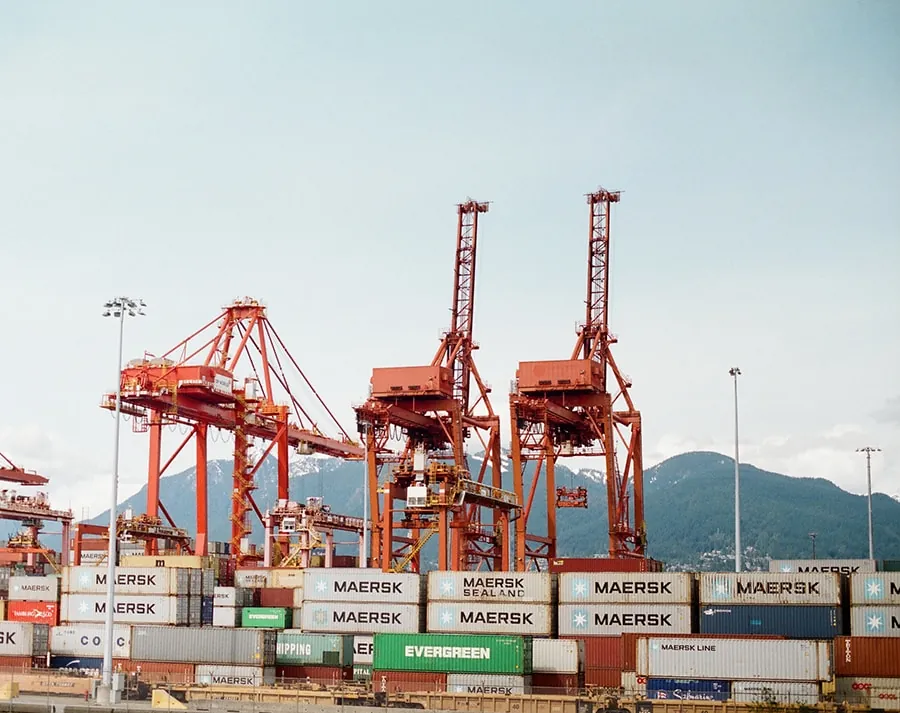In the fast-paced world of transportation, fleet compliance is a term that looms large. Yet, many may find themselves scratching their heads at its full implications. Are you also wondering what it entails and why it matters to your business?
Well, operating a fleet isn’t just about getting from point A to B; it’s a labyrinth of regulations, standards, and practices designed to keep everything running smoothly and, most importantly, safely. Complying with these rules doesn’t merely protect your bottom line from hefty fines and legal headaches—it also elevates your brand’s reputation.
Companies prioritising compliance aren’t just ticking boxes; they’re building a framework for efficiency, safety, and reliability. So, what exactly does it mean to be fleet-compliant, and how can it shape the future of your transportation business? Let’s dive into the essentials that every fleet manager needs to know.
What is Fleet Compliance?
Fleet compliance refers to the adherence of your fleet operations to various regulations, standards, and guidelines that govern the transportation industry. This encompasses everything from fleet maintenance and safety inspections to driver qualifications and environmental regulations.
In essence, it’s about ensuring that your fleet not only operates efficiently but also legally. By prioritizing fleet compliance, you protect your business from potential legal issues and financial penalties, creating a safer working environment for your drivers and the public.
Why Does Your Company Need to Be Fleet Compliant?
Fleet compliance is more than simply a tick to tick; it is an essential component of every transportation company. Failure to comply with the fleet compliance regulations imposed by the United States Department of Transportation (DOT) can result in substantial penalties, legal ramifications, and even suspension of your operating license.
Noncompliance, according to the Federal Motor Carrier Safety Administration (FMCSA), can result in penalties of $11,000 per infraction. Furthermore, keeping FMCA compliant can considerably improve your company’s reputation. Customers are increasingly choosing to engage with firms that value safety and accountability.
A compliant fleet not only assures the safety of your drivers and the general public but also increases your brand’s dependability and credibility.
What is the Significance of Fleet Compliance?
It is not just about rules. Fleet compliance is also about the fundamentals of operating efficiency and safety. Here’s why it is important:
-
A
Safety FirstCompliance ensures that vehicles are frequently maintained and drivers are properly trained, reducing the chance of accidents.
-
B
Financial SavingsPreventative actions can protect your firm from unexpected costs such as accidents or fines.
-
C
Efficient OperationsCompliance may streamline operations, allowing fleet managers to focus on growth and efficiency.
-
D
Legal ProtectionMeeting regulatory standards shields your company from legal action and penalties.
US Fleet Compliance Regulations
In the United States, fleet compliance refers to a variety of requirements. Let’s take a deeper look at several crucial areas.
-
Vehicle Registration and Maintenance
Every vehicle in your fleet needs to be registered with the appropriate state authorities. Regular inspections and maintenance programs should be set to maintain safety requirements.
-
Preventative Vehicle Maintenance
Regular maintenance inspections and servicing are not only one of the best practices for fleet management but they are also legally required. The FMCSA requires commercial motor vehicles to be inspected, repaired, and maintained regularly to operate safely.
-
Driver Licensing and Training
Drivers must have a valid commercial driver’s license (CDL) that is appropriate for the type of vehicle they operate. Additionally, continual training in safety measures and operational standards is required. The FMCSA compliance requires you to guarantee that your drivers are qualified and competent in operating their respective vehicle types safely.
-
The International Fuel Tax Agreement (IFTA)
The IFTA simplifies fuel usage reporting for motor carriers that operate in many jurisdictions. By complying with IFTA, firms can record their fuel consumption collectively rather than individually for each state, saving time and effort.
-
Hours of Service (HOS)
Hours of service (HOS) regulations limit a driver’s driving time and mandate a rest interval. The FMCSA requires drivers not to exceed 11 hours of driving time after 10 consecutive hours off duty. Adherence to HOS standards is critical for minimizing driver weariness, a leading cause of accidents.
Fleet Management Best Practices
Implementing effective techniques is critical for fleet compliance. Here are some best practices that help:
-
1
Implementing Fleet Management Software
Fleet management software is one of the most effective ways to streamline compliance processes. NEXGEN Fleet Management Solutions provides cutting-edge fleet management systems to help you streamline your compliance efforts. Our program enables real-time tracking, automated maintenance reminders, and extensive reporting to ensure compliance with DOT rules.
NEXGEN allows you to monitor driver performance and conduct electronic inspections, which improves safety and lowers operational expenses.
-
2
Maintaining Driver and Vehicle Inspection Reports
Regular inspections are essential for compliance. Maintaining detailed driver and vehicle inspection reports ensures that you have documented evidence of conformity to safety requirements.
-
3
Monitoring of the Hours of Service
Utilise technologies and software to continuously monitor your drivers’ hours of service. This ensures that they do not exceed their driving restrictions and are well-rested. Consistent monitoring can prevent violations and improve overall safety.
-
4
Keeping Track of Vehicles History
Knowing the history of each vehicle, from acquisition to maintenance and final destruction, can assist in maintaining compliance more effectively. Implementing a system to track this data saves time and resources.
-
5
Launching of a Driver Training Program
Investing in a comprehensive driver training program can drastically reduce accidents and increase compliance. Training should include safety practices, vehicle operation, and regulatory requirements. Drivers benefit from regular training refreshers that keep them up to date on changing legislation and best practices.
-
6
Taking Advantage of Fleet Telematics
Fleet telematics systems give useful information on vehicle performance, driver behavior, and compliance measures. These technologies can help identify patterns and trends that could signal possible compliance difficulties, allowing for proactive management.
To conclude, Understanding the numerous components of compliance, from vehicle maintenance to driver training and telematics, helps you ensure that your operations run smoothly and efficiently.
In today’s competitive transportation industry, compliance is more than just a requirement; it’s a chance to boost your company’s credibility and performance. Remember, the realm of fleet compliance contains a wealth of knowledge and tools that can really improve your operation. Feel inspired to grow, adapt, and prosper in your fleet management adventure!
Utilize NEXGEN’s Cutting-Edge Fleet Management Solutions
Empower your business to navigate the complexities of compliance seamlessly. Our software not only simplifies processes but also helps improve safety and extend the lifespan.
Frequently Asked Questions
-
What is the definition of a fleet compliance management system?
A fleet compliance management system is a comprehensive software solution that ensures a company’s vehicle and driver fleet meets numerous regulatory and safety requirements.
-
Why should I use a vehicle fleet compliance system?
A fleet management system can help assure driver compliance by monitoring behaviours like speeding, forceful braking, and acceleration.
-
What is DOT fleet compliance?
DOT compliance refers to meeting the criteria established by the United States Department of Transportation for the operation of commercial motor vehicles.
-
What exactly does FMCSA mean?
The Federal Motor Carrier Safety Administration holds motor carriers and drivers responsible for adhering to safety standards and FMCSA regulations.





